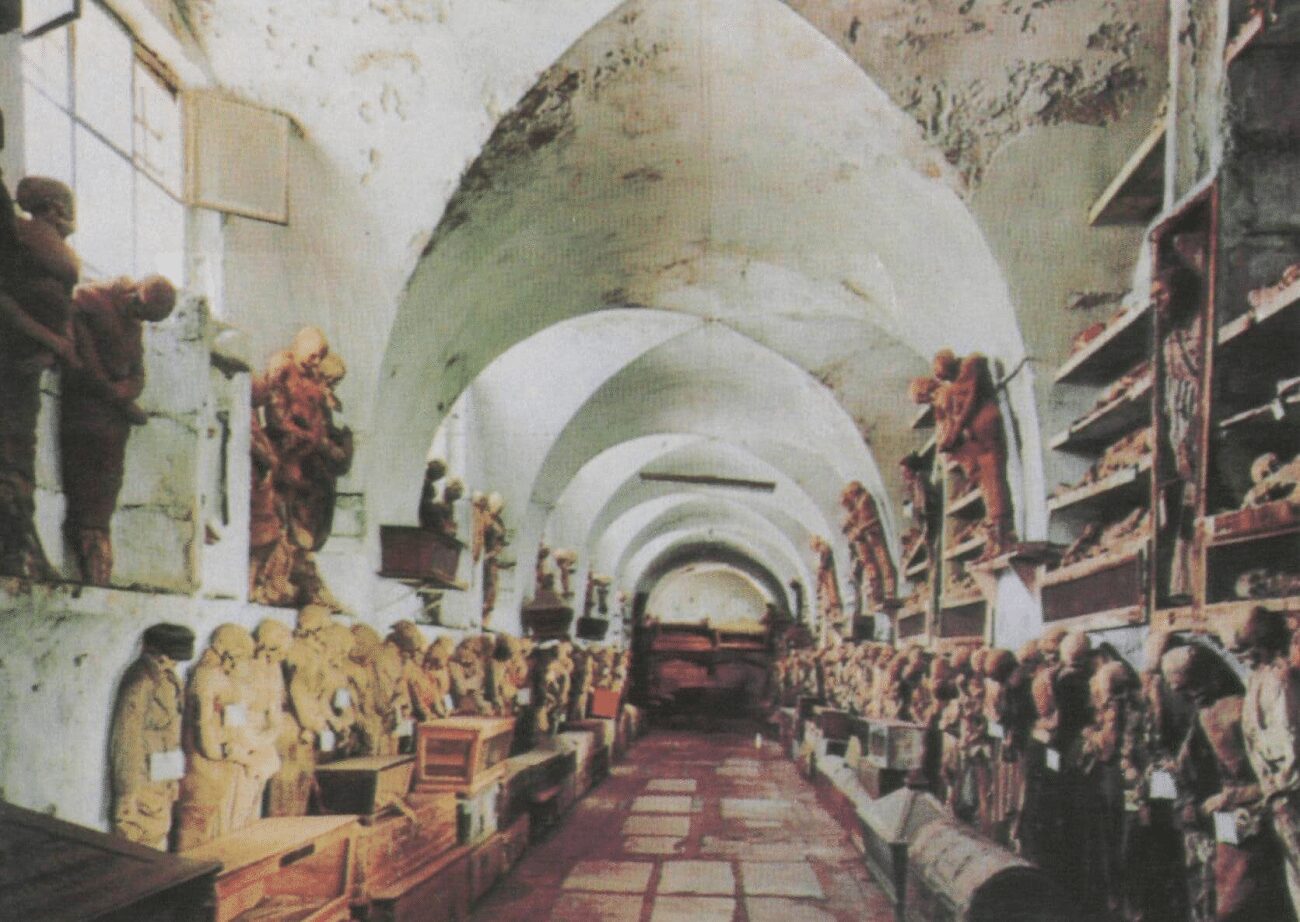Staffordshire University will conduct the first-ever study of mummified children found in the Capuchin catacombs in Sicily. This is stated in the announcement of the project on the website of the educational institution.
Bioarchaeologist Kirsty Squires has been given exclusive access to a previously unexplored collection of baby mummies in the underground cemetery of the Capuchin monastery in Palermo.
These catacombs contain the largest collection of mummies in Europe: over 1,284 mummified and skeletonized bodies dating from the late 16th – early 20th century. Children were placed in the catacombs beginning in 1787, but although detailed studies of mummified adults have been carried out, baby mummies have remained unexplored.
Dr Squiers explains: “The Capuchin Catacombs constitute one of the most important mummy collections in the world. However, there is very little documentary evidence of children who were also mummified, even the death records for this period contain limited information. “
This funeral rite was mainly intended for adults, and scientists do not yet understand why the children were mummified. They were all from the upper strata of society, but scientists are unaware of the health, development, or identity of minors. The scientists’ project will clarify which children were allowed to mummify and why.
The project will be a pioneer in terms of non-invasive research methods: it will include the use of portable X-ray machines to take digital images of each child from head to toe. A total of 574 X-rays will be taken to assess the age and gender of the children, as well as to identify any pathological and traumatic lesions of their bodies.
Dr. Squiers adds: “Determining whether children buried in the catacombs have been exposed to the environment can provide us with information about their living conditions. The results will be compared with the biological characteristics of children buried elsewhere in Palermo without mummification. “
Since photography in the catacombs is prohibited and the topic is very delicate, the artist Eduardo Hernandez will create illustrations of young mummies, which will be published along with articles in magazines.












